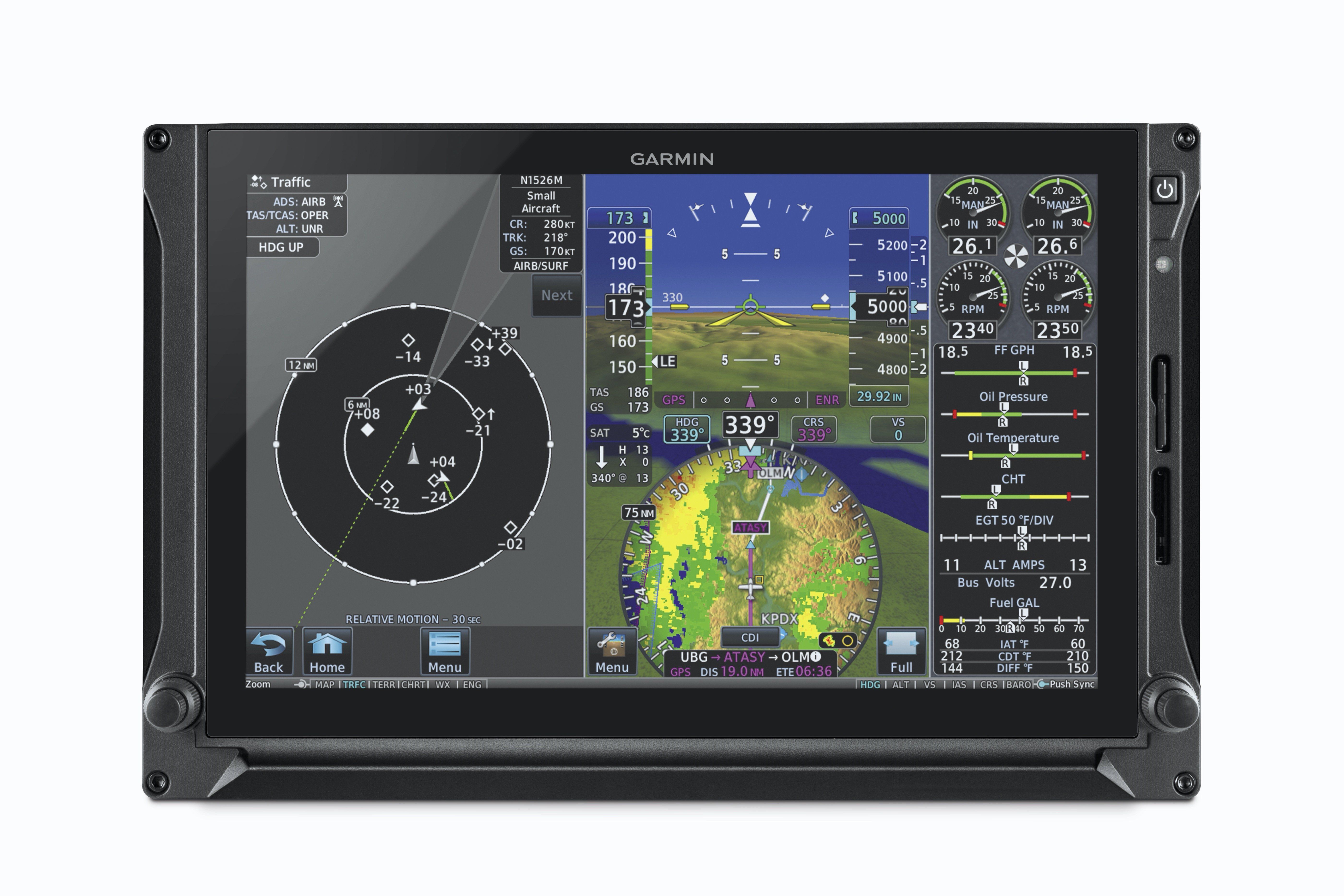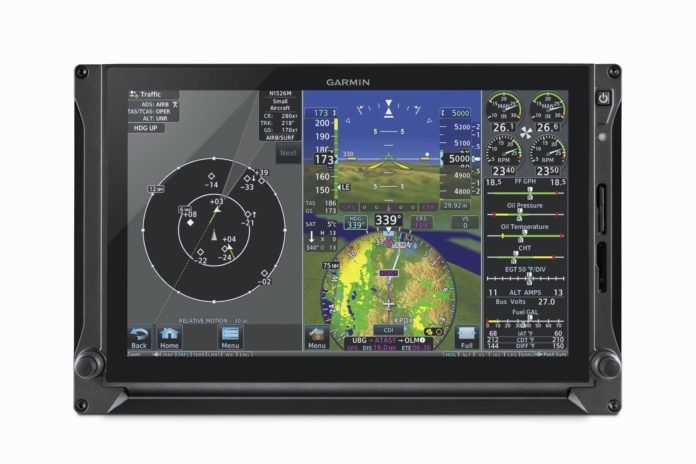There was an article in the November Aviation Consumer about the ICAO flight plan. It spawned a reader note about proper phraseology to respond to a traffic call. This sparked a conversation between Luca Bencini-Tibo, the author (who also contributes to these pages), Larry Anglisano, the editor, and me, some of which is worth exploring here.
The FAA does a fine job of providing a framework for our safe flying. But, even within that, there are a few arcane things that might not make sense or might be done better. My favorite example is 91.126 that essentially says if the Class G airport has standard left traffic, “When approaching to land … each pilot of an airplane must make all turns … to the left.” It’s difficult to argue that entering a traffic pattern isn’t “approaching to land,” but that first turn is to the right, against the rules. (Yes, the FAA has talked around this, but it says what it says and that’s not what we do.)
Back on point. ATC issues you a traffic advisory. How do you respond? I’d bet that most of us respond at least a bit outside the Pilot/Controller Glossary. (You do regularly study all 120 or so pages of the PCG, don’t you? Yeah … I don’t either.) It identifies only two proper responses: “Traffic in sight” or “Negative contact.” There’s nothing in there about fish finders, TCAS, TAS, ADS-B, “the box,” or even whether or not you are looking for the traffic—just if you see it or you don’t.

There’s a reasonable argument that “Looking” is a meaningful response. Merely saying, “Negative contact,” is passive. Maybe you didn’t even look. Saying you’re actively looking for the traffic might be useful to the controller, suggesting that in a moment you could report, “Traffic in sight.” But, that’s not what the good book says. Is it wrong?
I tend to be a stickler for rules; it’s safer. But in the end, pilot/controller communications simply convey information. Whether we do that with a strict adherence to precise wording isn’t as important as effectively and efficiently conveying the information. So, to me, if you say, “Looking,” the controller understands you don’t see the traffic, and that one word even conveys a bit more info. I don’t believe that’s wrong.
We long ago learned proper communications and phraseology. But over time our own variations sneak in, so we diverge from the ol’ PCG. I’d say that as long as you get the concept across, don’t take longer to do it, and don’t diverge too far from the standards, you’re okay.
Of course, there is one exception, and it has two sides. If communications conditions are challenging, rigorous use of standard prescribed phraseology increases the likelihood of success. This is true in difficult radio situations (precipitation static, weak signals, poor radios, etc.) and when there’s a language barrier like you and the controller not having the same native tongue. So, in those situations, standard phraseology is more likely to be successful because that is what’s expected.
Hmmm… Maybe we should use standard phraseology all the time after all.
—Frank Bowlin





